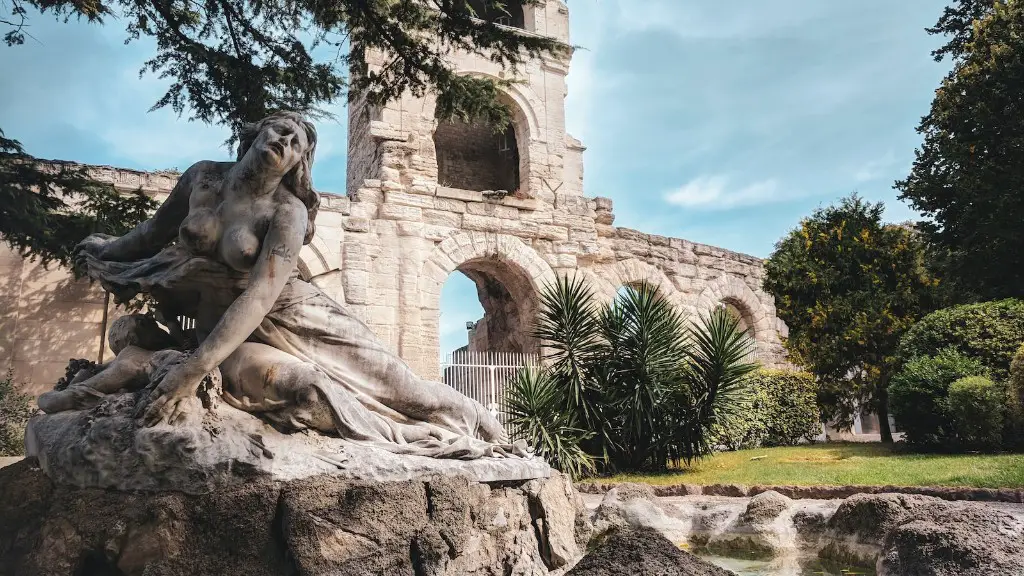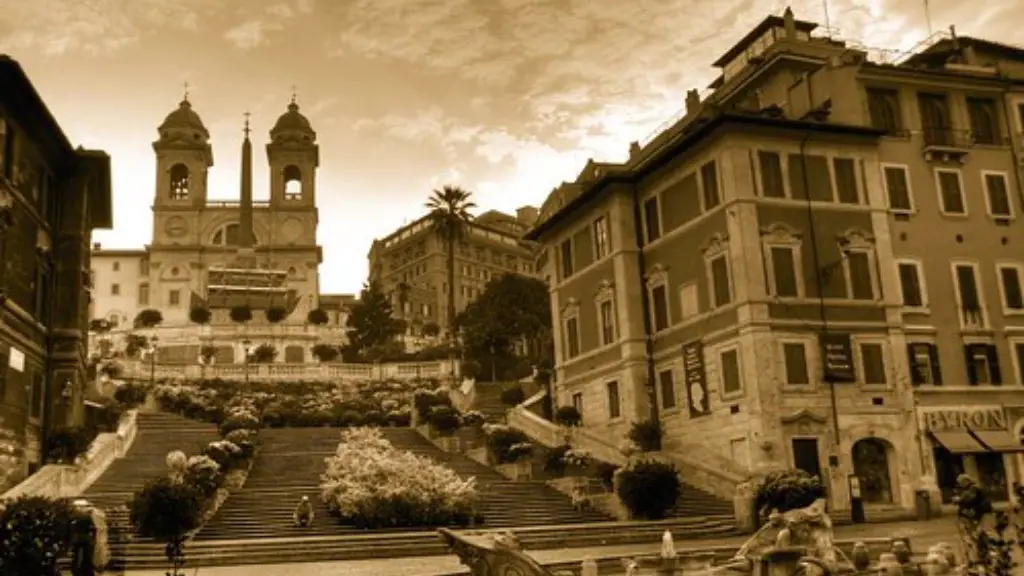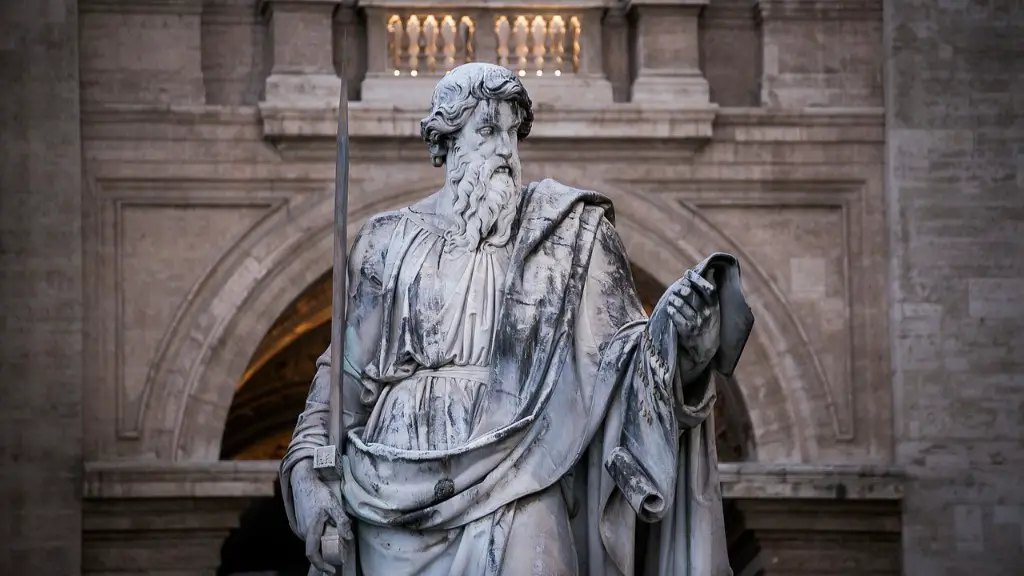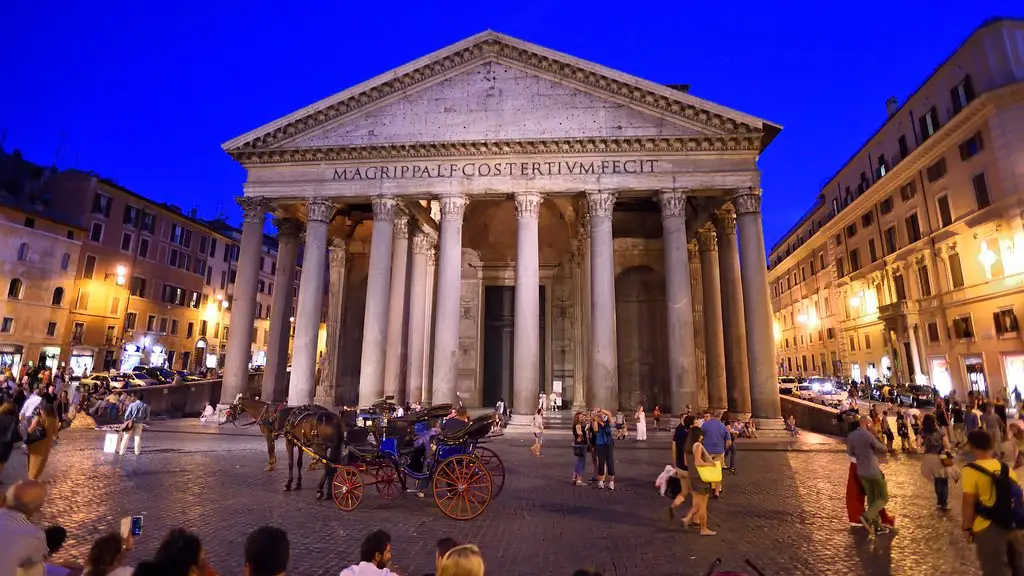The ancient Romans are a well-known example of advanced civilization with impressive accomplishments. They had a unique and complex culture with advanced concepts about politics, government, law, engineering, art, literature and religion. Despite their much-lauded achievements, the ancient Romans also had a wide range of social classes. At the lower end of the social scale were the poor, who were often struggling to survive.
The poor in Ancient Rome were usually manual laborers, servants and slaves. The majority were usually family members of people who were enslaved by a patron or someone of higher social standing. The poor were usually given small-scale paid work or farming jobs. A portion of the population was also able to remain self-supporting by engaging in private industry.
The poor in Ancient Rome lived in a variety of locations. They typically lived in crowded insulae, which were multi-story apartment blocks often located in dense urban areas. These buildings were generally in a state of disrepair, with basic amenities and little protection from the elements. The poor also often lived in primitive dwellings, called domiciles, which were located in the slums of the city. The domiciles were made of mud and wattle, and were usually filled with inhabitants.
Another option for the poor in Ancient Rome was to live in ancestral homes, which were often passed down from generation to generation. These homes were generally in rural areas and allowed the poor to have their own land and to be relatively self-sufficient. Despite the lack of resources, many rural settlements were known for their strong sense of community.
The poor often relied on charity for basic needs and to supplement their incomes. There were a number of foundations and organizations that provided aid to the poor in Ancient Rome, including the grain dole, which provided basic food to those who were in need. The poor were also able to receive assistance from their patrons, or those of higher social standing.
While the life of the poor in Ancient Rome was often a struggle, the ancient Roman city was still relatively well-organized and had a level of sophistication when compared to other cities of the time. This level of sophistication allowed for some of the basic needs of the poor to be met, aiding them in their day-to-day lives.
Social Class System in Ancient Rome
The social class system in Ancient Rome was divided into the elite patrician class and the lower plebeian class. Most of the poor in Ancient Rome belonged to the plebeian class, and their life revolved around manual labor and small-scale paid work. Even within the plebeian class, there were further divisions, including freedmen, slaves and debtors.
The elite patrician class had higher levels of wealth and power, and their lives revolved around political and religious responsibilities, as well as owning vast amounts of land and large agricultural and business enterprises. The wealthy elite were able to amass large fortunes, while the poor were often struggling to make ends meet.
The social class system in Ancient Rome heavily influenced the status and the way of life of its citizens. The wealthy elite had more access to resources, and the poor had less access to even the most basic of needs. Through this class system, it can be seen how the poor in Ancient Rome were often struggling for basic needs and services, while the wealthy elite remained in a position of having control over their lives.
Economic Challenges Faced by the Poor in Ancient Rome
The poor in Ancient Rome faced a number of economic and social challenges. Unemployment and poverty were common, and the poor were often working at low-paying jobs. The cost of living was high, and even the cheapest of items were inaccessible to the poor, which further contributed to their economic hardship.
The poor also had limited access to education, as most schools were reserved for the wealthy elite. Being unable to read and write made it even harder for the poor to find gainful employment and to make their way up the social ladder. Additionally, public services such as water, sanitation and public schools were largely inaccessible to the poor. This limited access to services meant that the poor in Ancient Roman were unable to take advantage of many basic amenities.
The lack of resources and public services in Ancient Rome further contributed to the already difficult living conditions of the poor. The lack of access to resources forced the poor to rely on what they were able to produce or barter, or to seek aid from others. This created an atmosphere of hardship, and low morale among the poor.
Government Responses & Charity
The government of Ancient Rome had various programs in place to help the poor. One such initiative was the grain dole, which provided the poor with grain rations. Other forms of welfare were also available, such as subsidized housing and assistance with medical expenses. Additionally, the government implemented laws that attempted to protect the poor from exploitation.
Aside from government programs, the poor also often relied on charity for assistance. Philanthropic organizations were formed in Ancient Rome to help the poor, and many wealthy patrician citizens donated generously to these causes. Additionally, many of the wealthy elite opened their homes to the poor and offered services such as housing and food. This charity helped the poor to survive, and in some cases, was able to provide the means for escaping the poverty.
A Culture of Education
Although the majority of Ancient Roman schools were reserved for the wealthy elite, there were still some institutions of higher education in some of the larger cities. These schools offered classes on a variety of topics, such as history, mathematics, and rhetoric. Additionally, the wealthy patrons would often offer some of their slaves the chance to obtain an education.
Education was seen as a way to escape poverty, and those who were able to obtain an education often found success and social mobility. The educated were often employed in more prestigious positions, such as in the government or as teachers. The educated were also better prepared for higher-paying jobs, which allowed them to move up the social ladder.
Education had other benefits as well, as it allowed the poor to gain a better understanding of their rights and to learn how to interact in the larger Roman society. Despite the fact that schooling was not accessible to the majority of the poor, some of these individuals were able to acquire an education through hard work and dedication.
Conclusion on the Poor in Ancient Rome
Overall, the poverty in Ancient Rome was widespread, and the poor were often struggling to make ends meet. The many difficulties they faced, such as limited access to resources, education, and public services, were common themes in the ancient Roman society. Despite these obstacles, there were still options available to the poor, including government programs, charitable foundations, and education. These options allowed the poor to somewhat improve their situation and to escape poverty.




